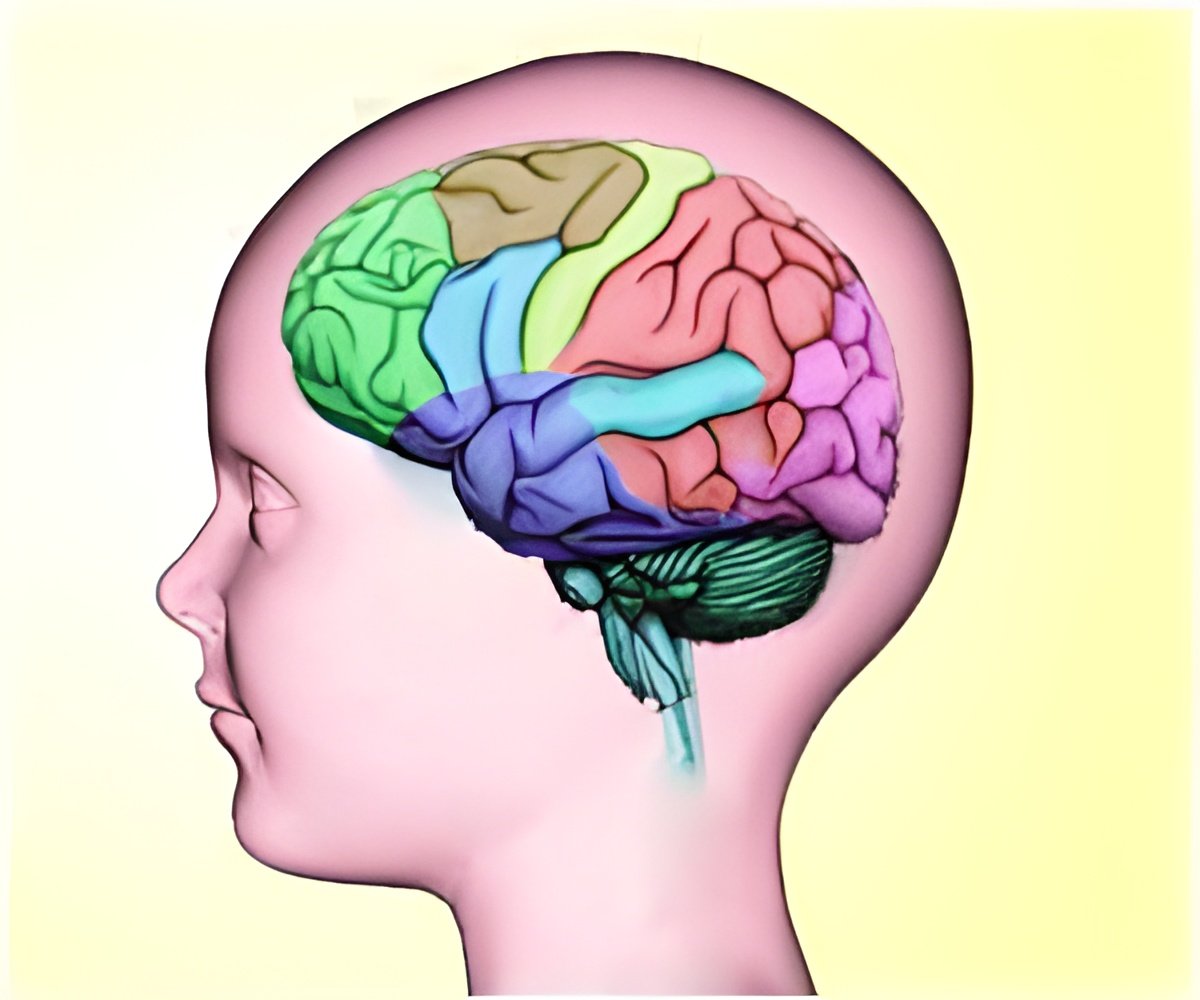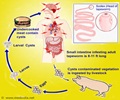High-frequency oscillations, termed ripples and fast ripples, recorded by intracranial electroencephalography (EEG), may provide an important marker

High-frequency oscillations at 80-200 Hz are known as ripples and those above 200 Hz are considered fast ripples. Medical evidence suggests that fast ripples are a specific surrogate marker of the seizure generation zone. Studies in adults have suggested that resection of the brain region containing fast ripples was associated with good seizure outcome. However, these studies used a small number of electrode (EEG) contacts, with limited brain coverage, which may not be optimal for pediatric patients who often exhibit a more generalized epileptic network than adults.
Hiroshi Otsubo, MD, with The Hospital for Sick Children in Toronto, Canada and lead researcher of the current study explains, "In pediatric patients, extensive surgical resection are often used, but may overestimate the link between high-frequency oscillations and seizure outcome. Good surgical success may also be achieved by more limited surgeries that include both the brain region with high-frequency oscillations and the brain region that appears to initiate seizures, even when they are independent." To further explore this hypothesis, the research team evaluated the relationship of resection of brain regions containing high-frequency oscillations and the area of seizure onset in pediatric epilepsy patients.
Researchers retrospectively analyzed 28 pediatric patients with epilepsy who underwent intracranial EEG monitoring prior to focal resection surgery. Brain regions containing a high occurrence of high-frequency oscillations were determined, and spatial relationships between regions with fast ripples and seizure-onset zones were investigated. The team compared seizure outcome with the size of these regions, the surgical resection, and amount of the regions with fast ripples and areas of seizure onset within the resection area.
Results show that 2 years after surgery, 10 patients were completely seizure free and 18 continued to have some seizure activity. Complete resection of the brain regions exhibiting fast ripples was significantly associated with better seizure outcome. Improved seizure outcome was also observed with complete resection of brain regions with ripples; surprisingly, however, resection of the area of seizure onset did not correlate with seizure outcome. The size of surgical resection was not linked to seizure outcome.
Furthermore, the authors, Drs. Akiyama and Otsubo et al., noted that the visually- determined seizure onset zone partially overlapped with regions containing high-rate fast ripples. "The entire epileptic network, containing fast ripples, ripples and seizure onset zones, must be thoroughly analyzed to ensure complete resection of the area causing seizures with the smallest resection possible," advised Drs. Akiyama and Otsubo et al. "While our results are preliminary and further validation is necessary, the analysis of high frequency oscillations offers clinicians a new surgical approach that could potentially improve seizure outcome in children with epilepsy."
Advertisement












